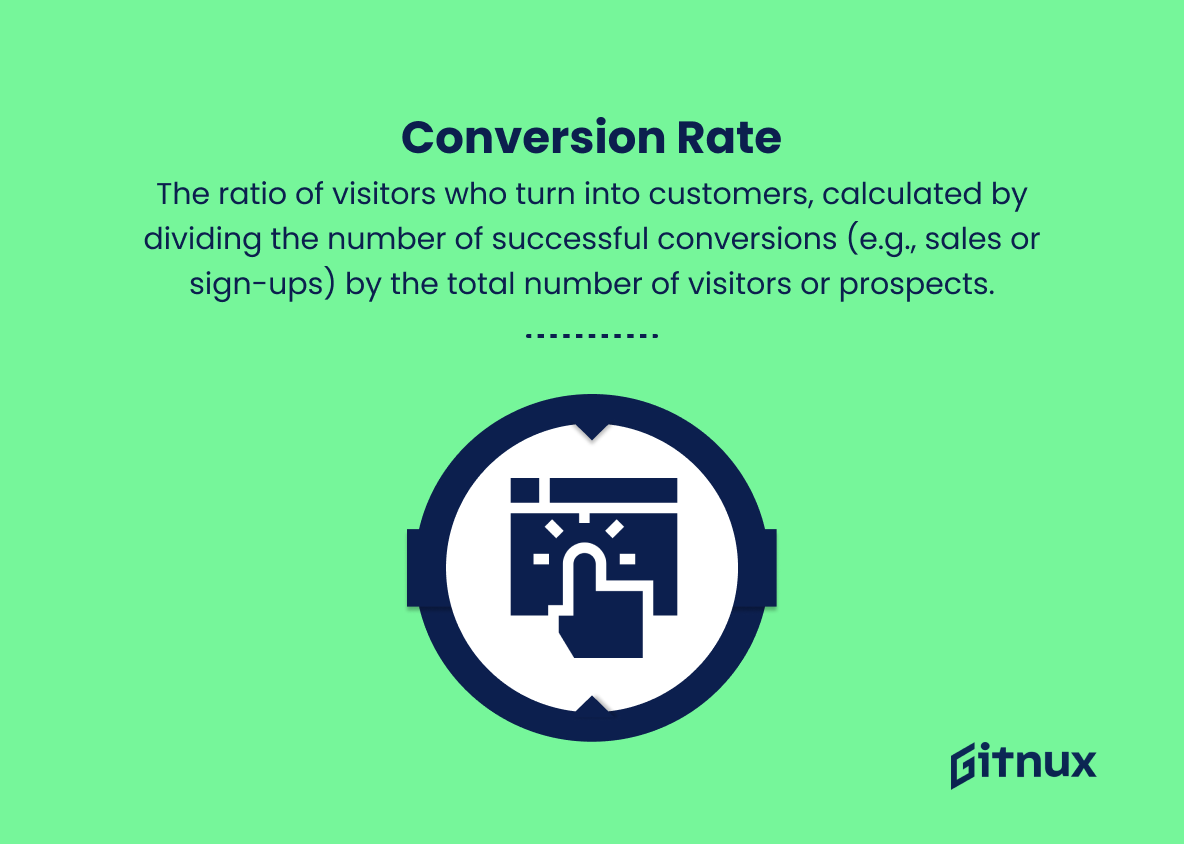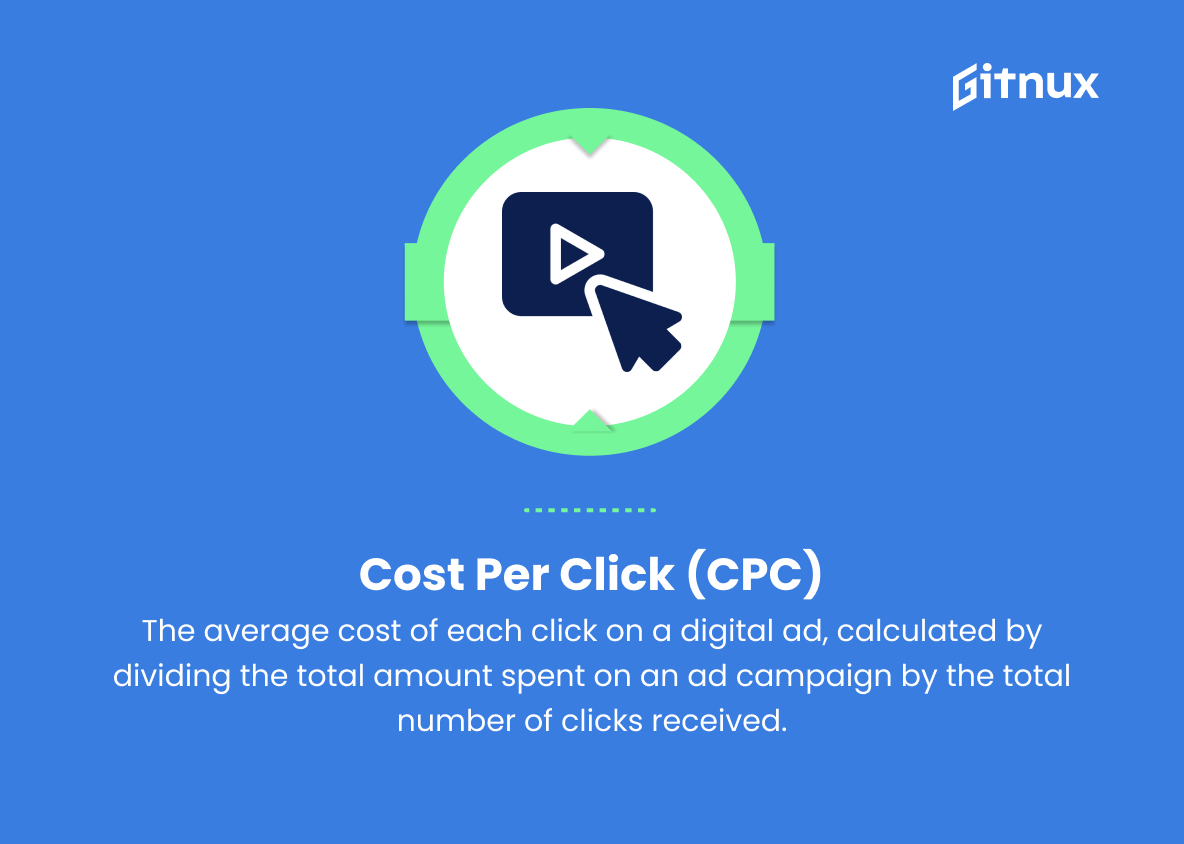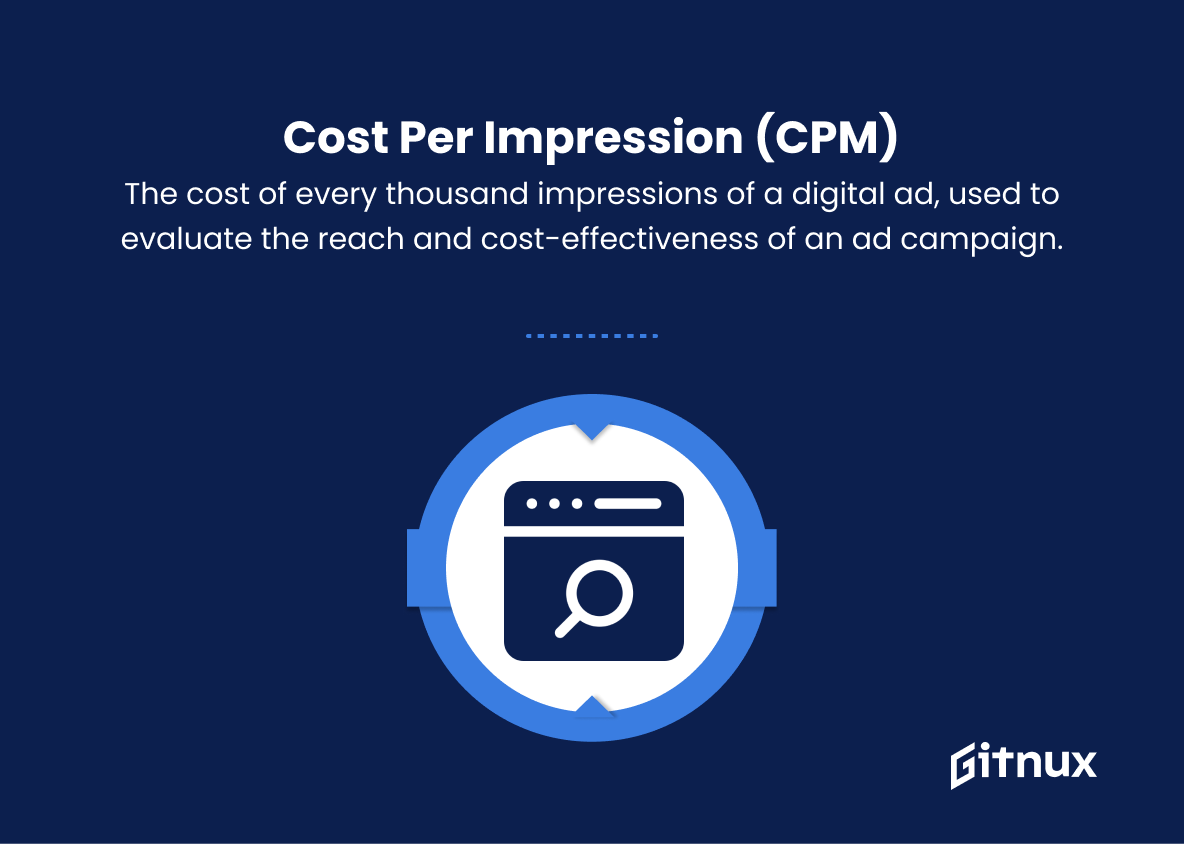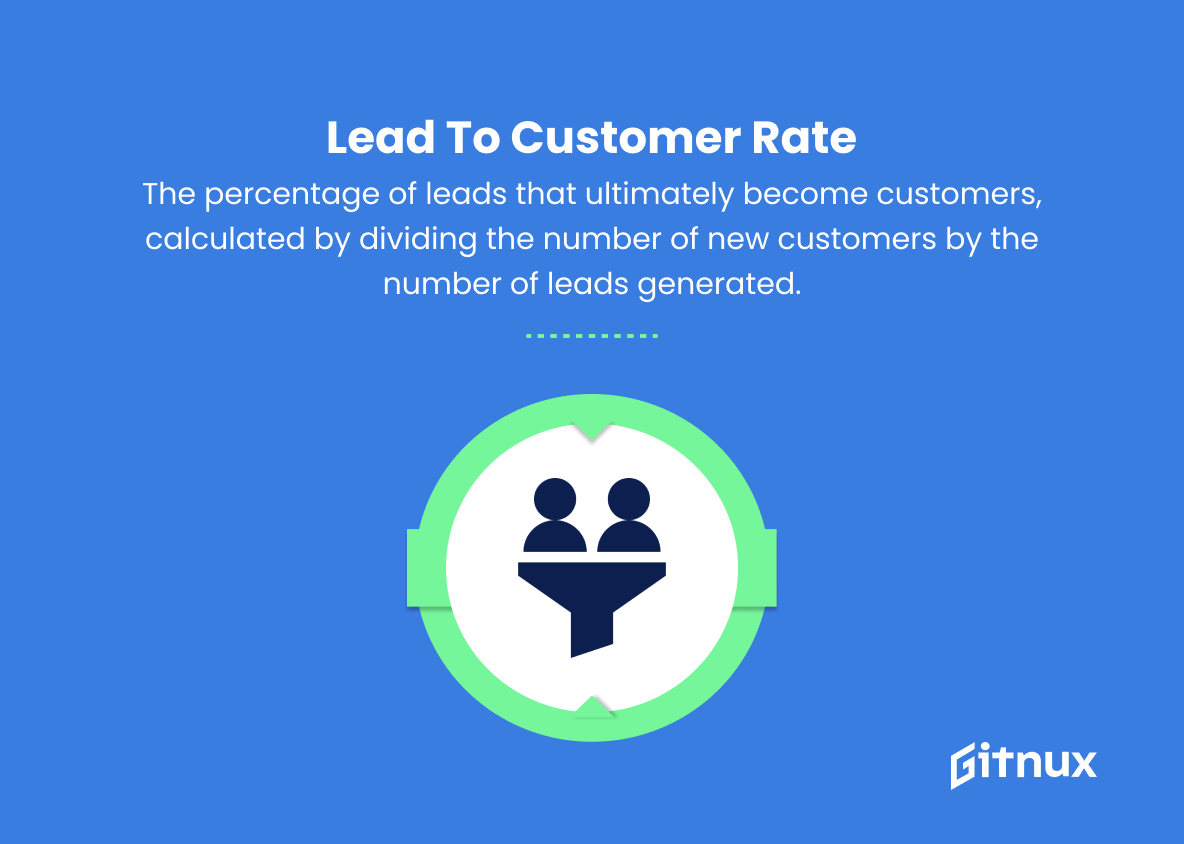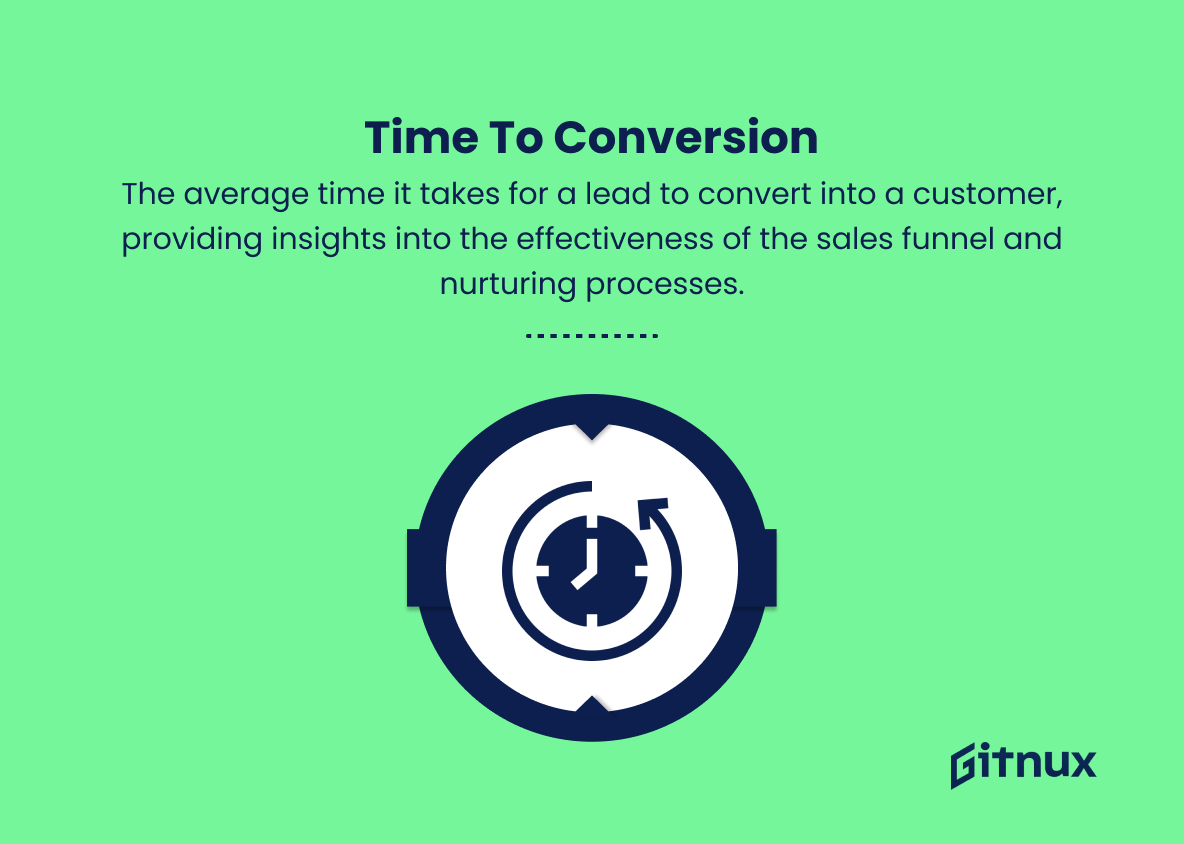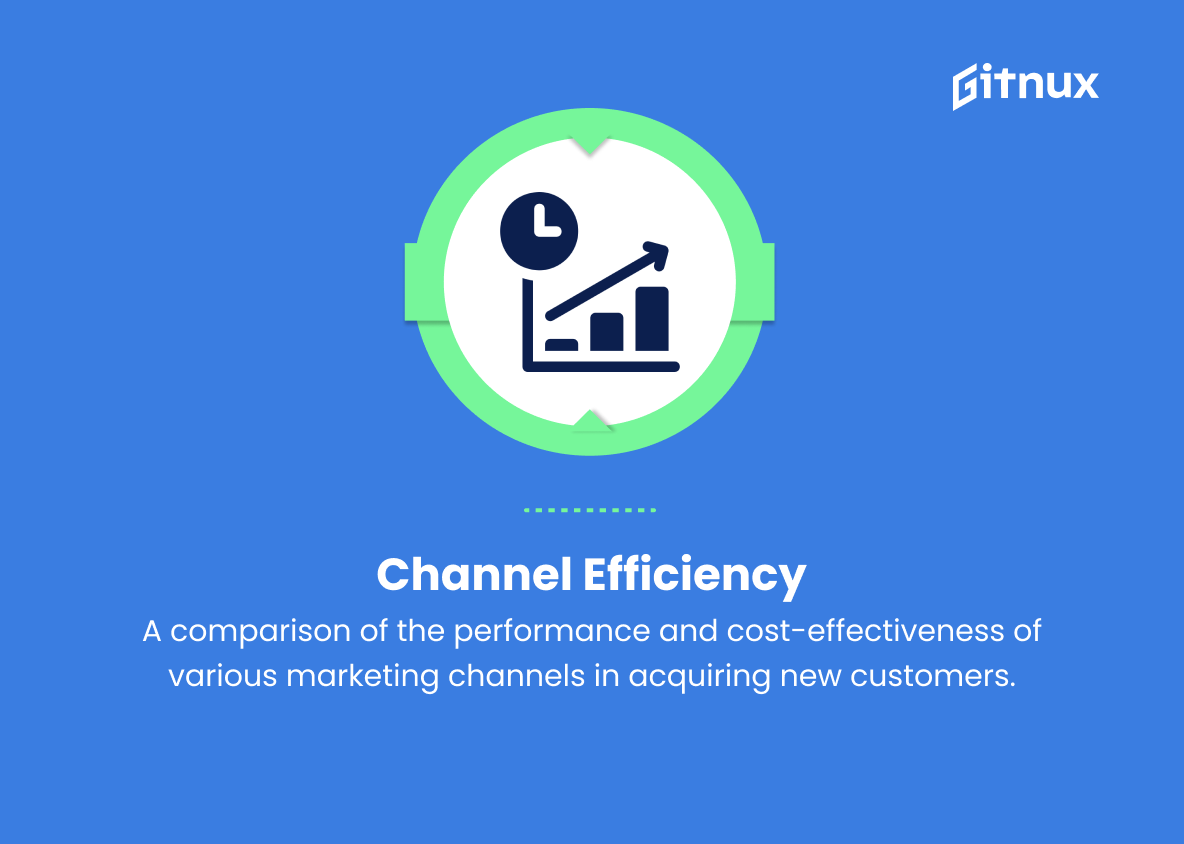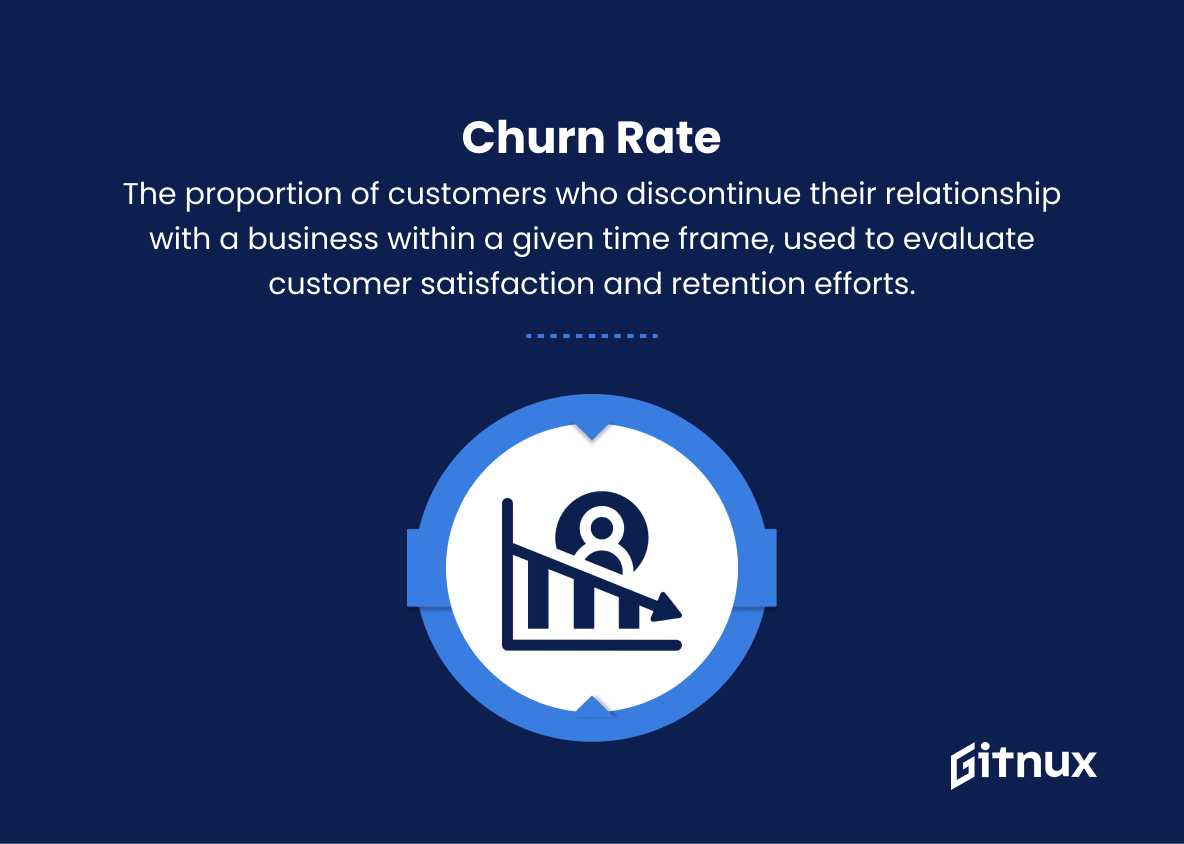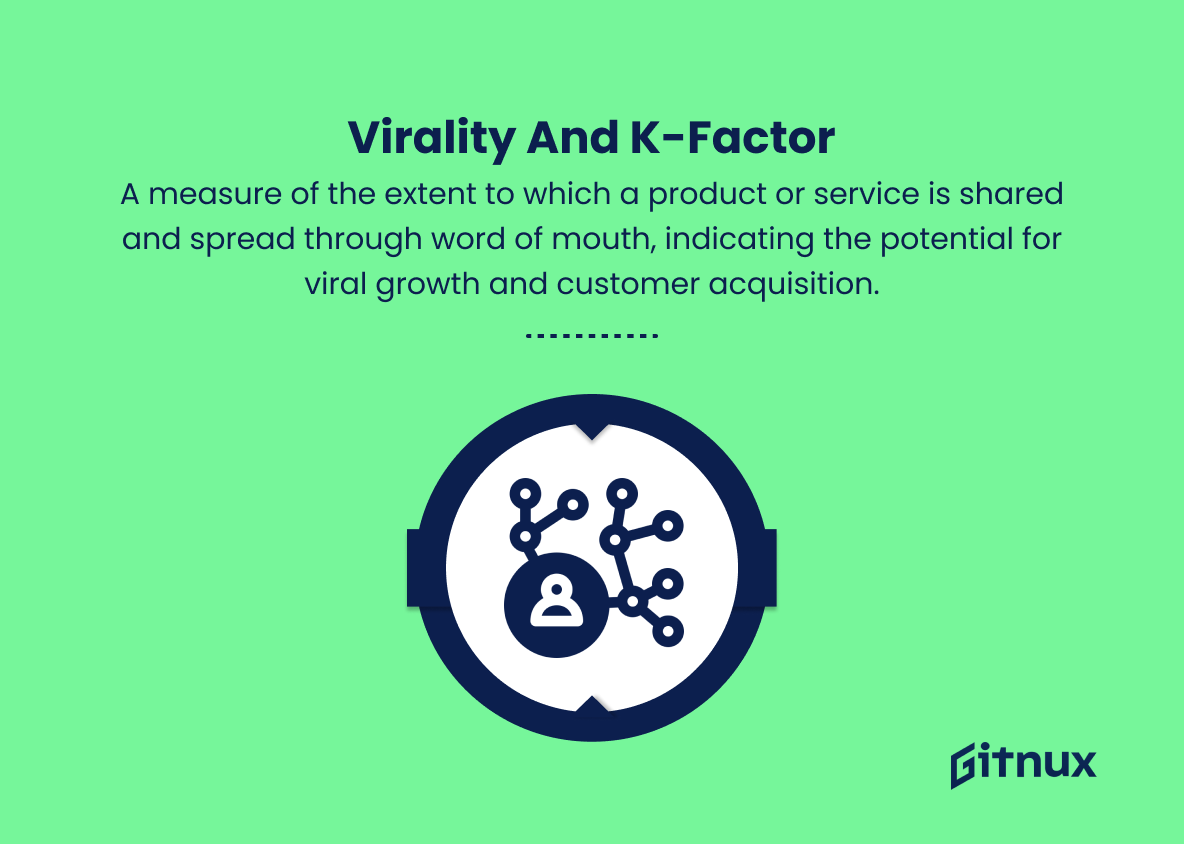In today’s highly competitive business landscape, staying ahead of the curve and driving sustainable growth is more challenging than ever. To achieve success, businesses must continually evolve, adapting their strategies to the ever-changing market dynamics. One of the most critical aspects of this process is attracting and retaining a loyal customer base. To effectively measure the success of customer acquisition efforts, businesses must regularly monitor and analyze a variety of key performance indicators (KPIs) that provide insights into the efficiency and, ultimately, the profitability of these initiatives.
In this comprehensive blog post, we will explore the most crucial customer acquisition metrics to track, understand, and utilize, enabling businesses to optimize their strategies and make data-driven decisions for sustainable growth. So, buckle up and dive into the world of customer acquisition metrics and learn how they can unlock the door to long-term success.
Customer Acquisition Metrics You Should Know
1. Customer Acquisition Cost (CAC)
The amount spent on acquiring a new customer, including marketing and sales expenses, divided by the number of new customers acquired within a specific period.
2. Conversion Rate
The ratio of visitors who turn into customers, calculated by dividing the number of successful conversions (e.g., sales or sign-ups) by the total number of visitors or prospects.
3. Cost Per Click (CPC)
The average cost of each click on a digital ad, calculated by dividing the total amount spent on an ad campaign by the total number of clicks received.
4. Cost Per Impression (CPM)
The cost of every thousand impressions of a digital ad, used to evaluate the reach and cost-effectiveness of an ad campaign.
5. Click-Through Rate (CTR)
The percentage of users who click on an ad after viewing it, calculated by dividing the total number of clicks by the total number of impressions.
6. Lead to Customer Rate
The percentage of leads that ultimately become customers, calculated by dividing the number of new customers by the number of leads generated.
7. Organic vs. Paid Acquisition
A comparison between the number of customers acquired through organic channels (like SEO and content marketing) and those acquired through paid channels (like advertising).
8. Time to Conversion
The average time it takes for a lead to convert into a customer, providing insights into the effectiveness of the sales funnel and nurturing processes.
9. Channel Efficiency
A comparison of the performance and cost-effectiveness of various marketing channels in acquiring new customers.
10. Churn Rate
The proportion of customers who discontinue their relationship with a business within a given time frame, used to evaluate customer satisfaction and retention efforts.
11. Lifetime Value (LTV)
The total revenue a business can expect from a customer during the entire duration of their relationship, used to determine the profitability and long-term value of customer acquisition efforts.
12. Return on Marketing Investment (ROMI)
The financial return on marketing and customer acquisition efforts, calculated by dividing the net profit generated by the total marketing investment.
13. Net Promoter Score (NPS)
A measure of customer satisfaction and loyalty, calculated based on customers’ likelihood to recommend a business to others, used to evaluate the potential for referrals and customer advocacy.
14. Virality and K-Factor
A measure of the extent to which a product or service is shared and spread through word of mouth, indicating the potential for viral growth and customer acquisition.
By tracking and analyzing these customer acquisition metrics, businesses can optimize their marketing strategies, improve the effectiveness of their customer acquisition efforts, and ultimately grow their revenue.
Customer Acquisition Metrics Explained
Customer Acquisition Metrics are crucial for businesses to understand their marketing performance and make informed decisions to maximize growth. Metrics such as Customer Acquisition Cost (CAC) and Conversion Rate help companies evaluate the efficiency of their marketing investments. Cost Per Click (CPC) and Cost Per Impression (CPM) provide insights into the effectiveness of digital ad campaigns, while Click-Through Rate (CTR) highlights the engagement level of audiences.
The Lead to Customer Rate, Organic vs. Paid Acquisition, and Time to Conversion offer a deeper understanding of how various channels and nurturing processes contribute to customer acquisition. Furthermore, Channel Efficiency and Churn Rate help businesses focus on building long-term relationships with customers and investing in profitable methods.
Lifetime Value (LTV) and Return on Marketing Investment (ROMI) enable companies to determine the full potential and profitability of their acquisition efforts. Supplementing these metrics with measures like Net Promoter Score (NPS) and Virality and K-Factor ensure that businesses can tap into the power of referral and word-of-mouth marketing. In essence, monitoring and assessing these customer acquisition metrics empower businesses to enhance their strategies, refine targeting efforts, and ultimately boost revenue.
Conclusion
In essence, customer acquisition metrics are undeniably crucial for the sustainable growth and success of any business. By effectively tracking and analyzing these metrics, companies can optimize their marketing strategies, allocate resources efficiently, and ultimately attract more valuable customers. As the digital landscape continues to evolve at an unprecedented pace, staying up-to-date with cutting-edge customer acquisition techniques and tools is vital for businesses to remain competitive. So, be sure to invest time and energy in understanding, implementing, and adapting these metrics to propel your company’s customer acquisition endeavors and drive long-term profitability.

